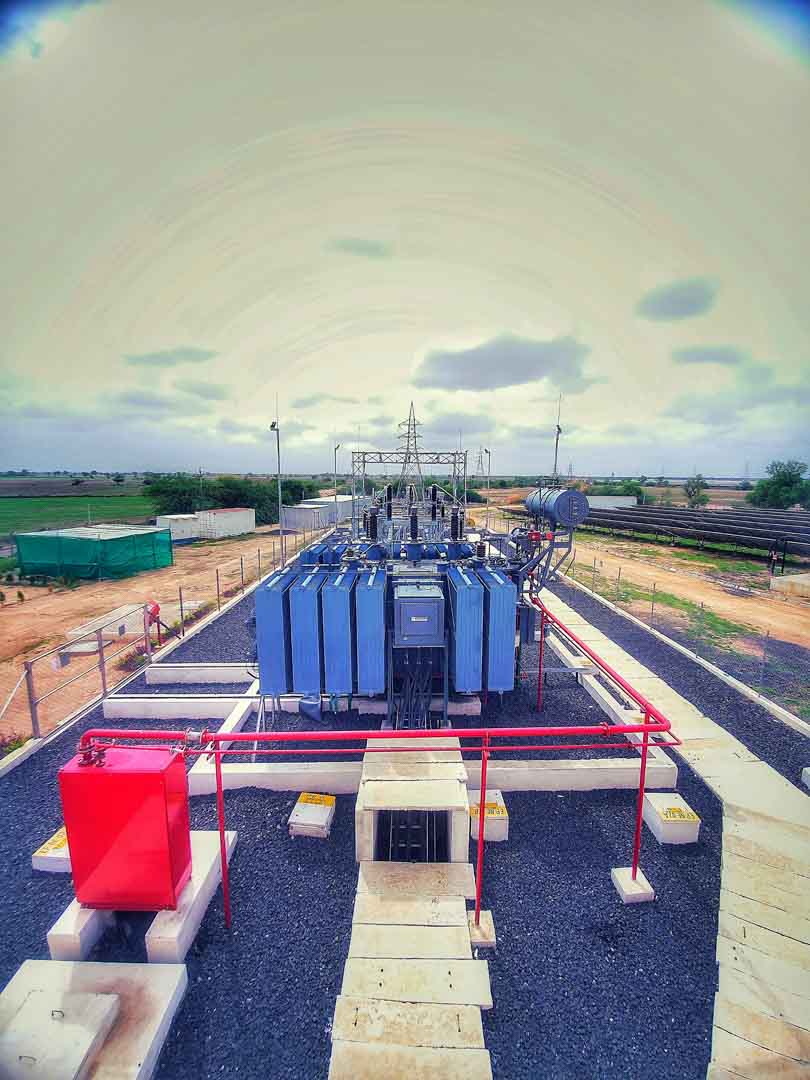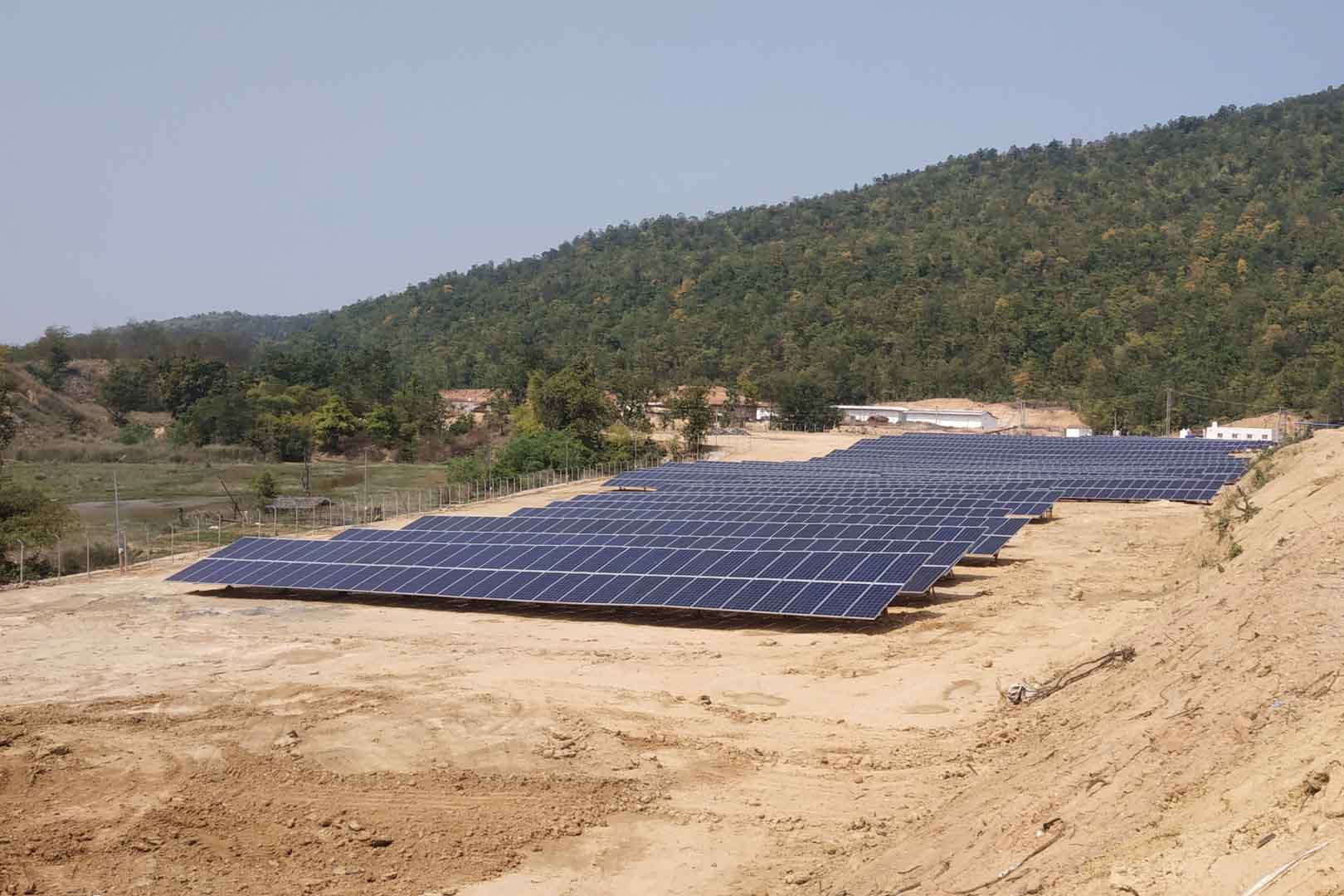Clean electricity generation through several solar parks in India
As part of this carbon offset project, solar parks were constructed in the Indian states of Maharastra, Orissa, Jharkhand, Gujarat and Andhra Pradesh to use solar energy for sustainable power generation. The activities include the operation and maintenance of the photovoltaic plants, which generate around 349,000 MWh of electricity annually. The electricity generated is fed into India's state grid, replacing the equivalent amount of energy that would otherwise have been produced by burning fossil fuels. Thanks to the project, around 326,910 tonnes of CO2 emissions can be avoided annually.
In addition to supplying clean electricity, the project also contributes to infrastructure development and the creation of new employment opportunities.

Although the development of renewable energy sources is increasing, energy from fossil fuels is still a significant part of energy production worldwide. This is associated with the release of large amounts of carbon emissions. The use of solar energy is a good way to provide people around the world with renewable energy and reduce greenhouse gas emissions. Solar installations, implemented through solar projects, convert sunlight into electricity (photovoltaic) or heat (solar thermal). Even when the sky is cloudy, the solar thermal power plants generate heat and convert it into electricity. Photovoltaic projects use the photoelectric effect to convert sunlight into electricity.
The energy produced is typically fed into the national or regional power grid, reducing the share of fossil fuels in the electricity mix. In addition to reducing carbon emissions, solar projects also prevent the release of various pollutants associated with conventional power generation. Solar energy projects in the ClimatePartner portfolio are registered with international standards.
Explore our projects
Biochar for Climate Action, Healthy Soils, and Better Harvests

A certified climate project combined with additional commitment

Expansion of renewable energy generation in Asia

Ceramic water filters save CO2 and improve health

Improved cookstoves worldwide – for better health and cleaner air

A certified climate project combined with additional commitment

Powering access to renewable energy in Africa

A certified climate project combined with additional commitment

Restored ecosystems remove carbon

Turning degraded farmlands into healthy ecosystems

Improved cookstoves - better for health and the environment











